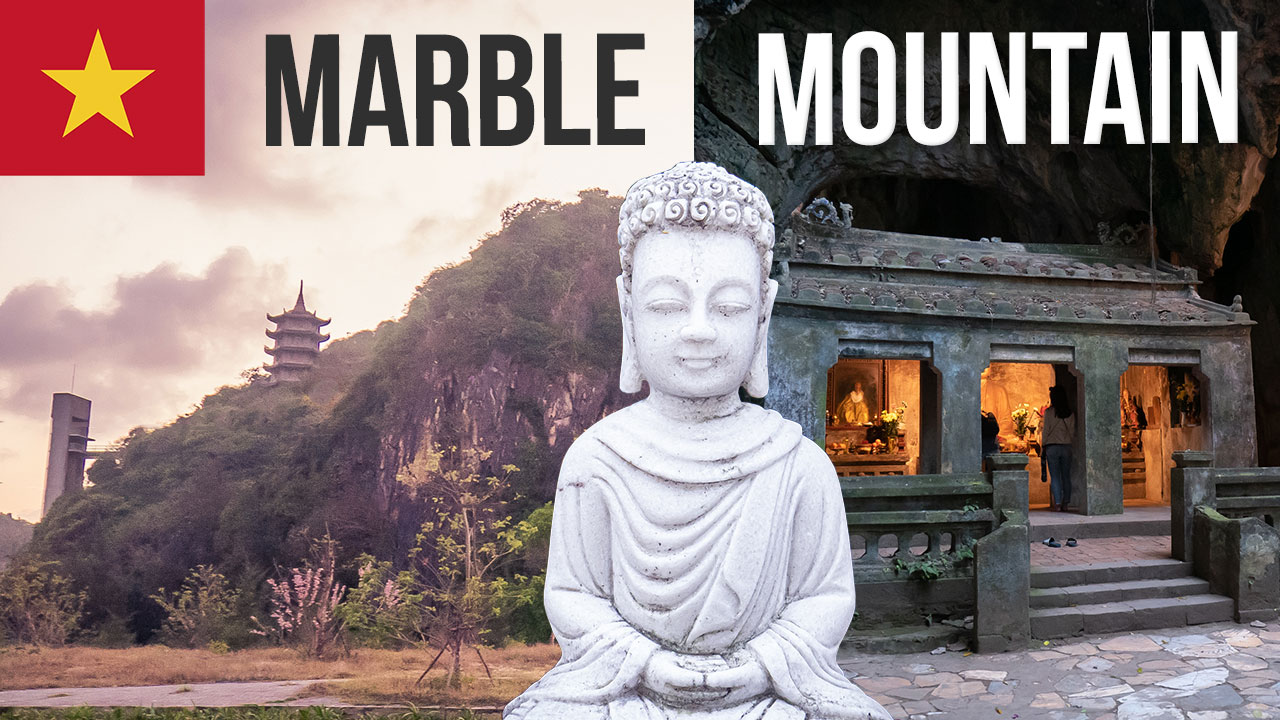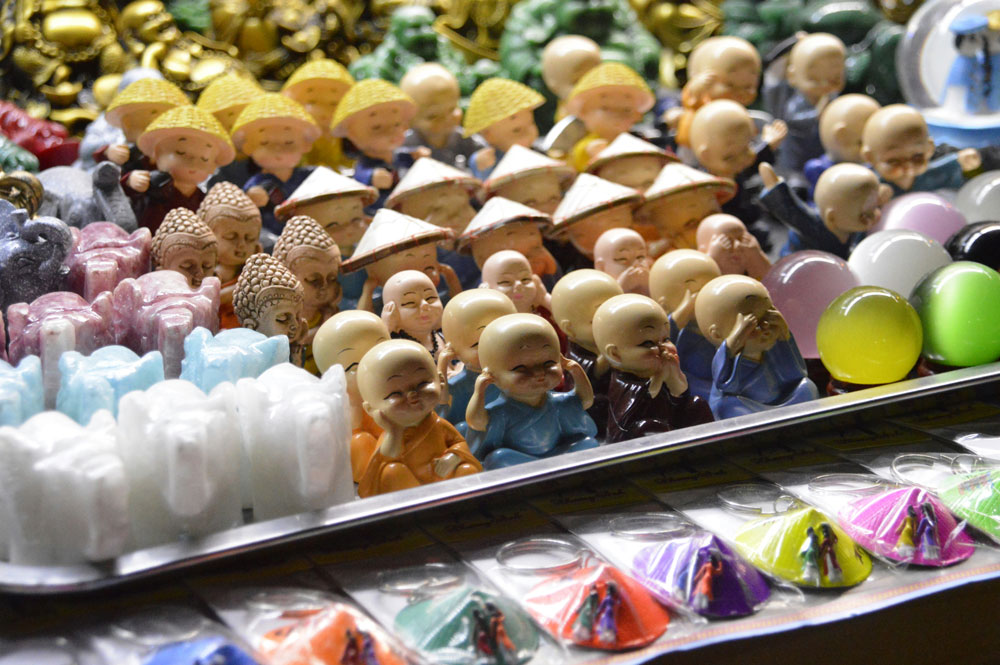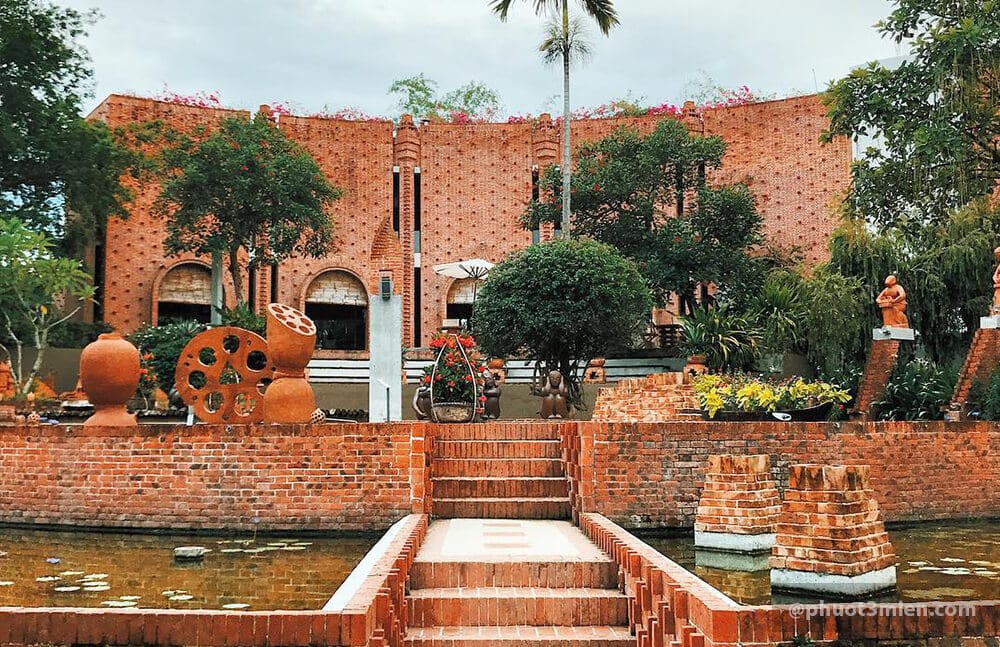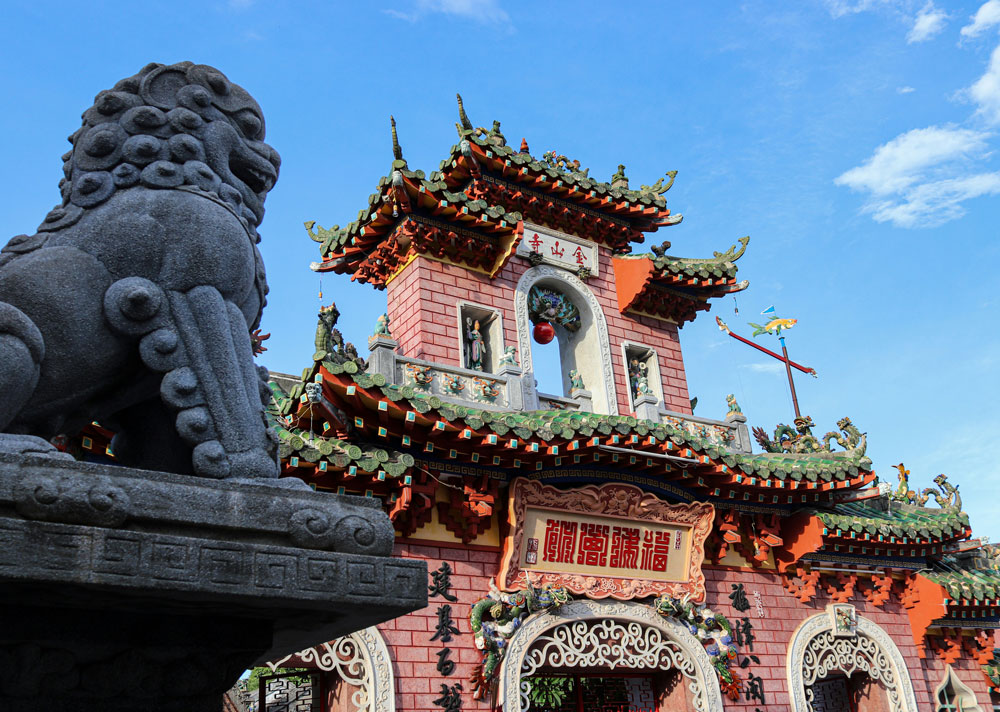Marble Mountain
Marble Mountains, located just a short distance from Da Nang in central Vietnam, are a cluster of five limestone and marble hills, each named after one of the five elements: Metal, Water, Wood, Fire, and Earth. These hills are not only famous for their natural beauty but also for their historical and spiritual significance, dotted with various caves, tunnels, and Buddhist sanctuaries that have been carved out of the rock over centuries.
Water Mountain (Thuy Son), the largest and most visited of the five, is home to several exquisite cave temples and pagodas, offering breathtaking views of the surrounding landscape and the nearby coastline from its summit. Visitors can explore the intricate network of caves, where natural light filters in through fissures in the rock, illuminating the religious and historical artifacts within. Among these, Huyen Khong and Tang Chon caves are particularly noteworthy for their stunning natural formations and altars adorned with Buddhist and Hindu statues.
The journey up Marble Mountains is a mix of steps carved into the rock and modern staircases, making the site accessible to a broad range of visitors. Along the way, one can admire the craftsmanship of stone sculptures and masonry, a tradition that continues in the nearby artisan village, where skilled workers craft intricate statues and souvenirs from marble and limestone.
Visiting Marble Mountains offers a unique blend of cultural, historical, and natural exploration. The site is not only a place of worship and pilgrimage but also a testament to the artistic and spiritual heritage of Vietnam, making it a captivating destination for travelers seeking to delve deeper into the country’s rich cultural tapestry.




